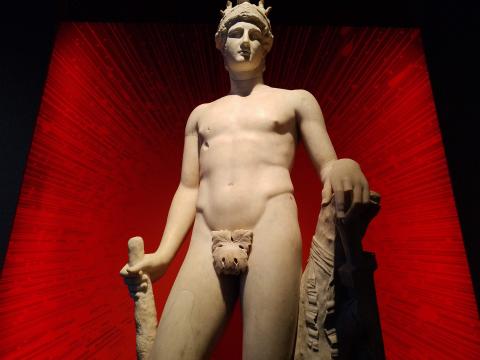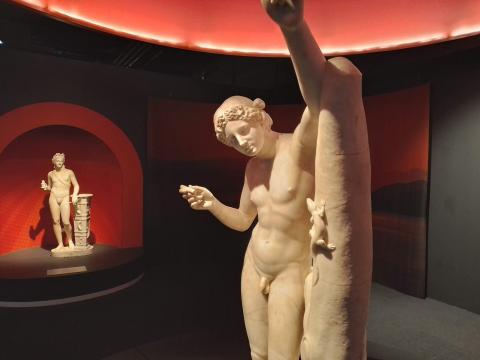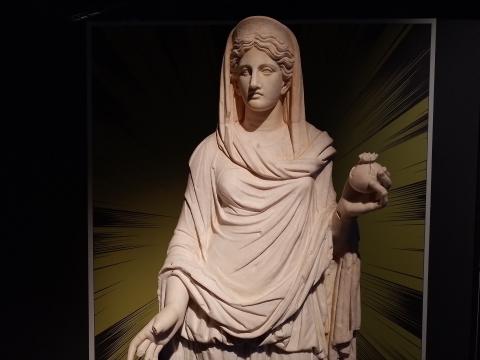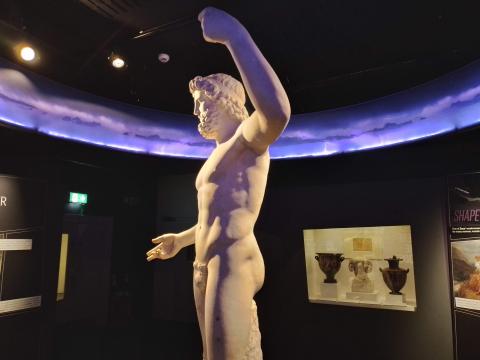Return of the Gods

Liverpool’s World Museum is currently hosting a special exhibition until February 2024 entitled 'Return of the Gods'. Here is the advertising patter:
Prepare for the high drama of the ancient world as we meet the gods and goddesses of Mt. Olympus. Their lives were packed with great loves, greater feuds and the powers to influence, save or condemn human lives for ever.

The statues, mostly Roman, of the classical gods, originally Greek, were squarely rejected by the early Christians as being made-up, or worse, aliases of Satan. Yet consider their appearance: with the odd exception, such as Pan, they are all beautiful men and women. Had they been real people about today, we might have offered them jobs modelling for Kay’s Catalogue. They are physically fit, athletic even, and their bearing suggests composure and dignity. When the Greeks and Romans made up their gods, they envisaged perfect human beings, unsullied by disease nor compromised by age.

Yet morally, they were poor models of virtue. Zeus was a serial philanderer and rapist. His long-suffering wife, Hera, a woman for whom we might harbour sympathy, would proceed to take her revenge on Zeus’ victims. The other deities were seldom better, being jealous, petty, selfish and spiteful.

The Living God showed His followers no idealised image, knowing their propensity to idolatry, but He did give the moral law, a righteous reflection of His perfect, righteous character. We project our physical ideals onto our idols (including celebrities) but seldom good character, for deep down, we know ourselves and our creations to be incapable of real goodness. We might aspire to the appearance of the classical gods, but never their personalities or lifestyles, for they are as vile as we.
- Log in to post comments


 Sunday Worship 10.45am & 6.00pm
Sunday Worship 10.45am & 6.00pm